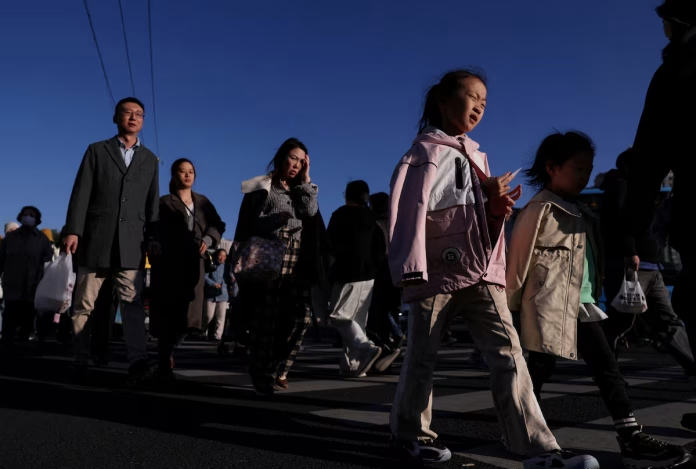China’s economy expanded by 4.8% year-on-year in the third quarter of 2025, marking its slowest growth in a year and aligning with market expectations, according to official data released on Monday.
The slowdown reflects the impact of a deepening property crisis, weak domestic demand, and rising trade frictions with the United States. Despite government efforts to stabilize the economy, analysts say momentum remains fragile.
Quarter-on-quarter, China’s GDP rose 1.1%, slightly better than forecasts but down from 1.0% in Q2. Industrial output for September grew 6.5%, exceeding expectations, while retail sales rose 3.0%, underscoring weak consumer confidence.
Investment, however, showed worrying signs. Fixed-asset investment fell 0.5% year-to-date, while property investment plunged nearly 14%, indicating the housing market remains a major drag on growth.
Analysts say the data suggests Beijing may need to adopt targeted stimulus measures to prevent further slowdown.
“Better than expected but still underwhelming,” said Kyle Rodda, Senior Analyst at Capital.com. “The economy is recovering from the post-pandemic slump, but with very little momentum.”
Others remain optimistic that China will meet its 5% annual growth target, though with limited room for broad-based stimulus.
“Beijing’s focus now will be on structural and investment-led policies rather than sweeping stimulus,” said Tony Sycamore of IG Sydney.
The figures come as trade tensions with Washington escalate. The U.S. has threatened to raise tariffs by 100% starting November 1, following China’s expanded controls on rare earth exports.
Still, officials from both sides have signaled a willingness to ease trade hostilities, and economists believe China’s strong export resilience and policy flexibility could help cushion future shocks.
Despite the current slowdown, analysts expect Q3 to mark the low point in China’s economic cycle, with moderate recovery possible towards year-end driven by targeted fiscal spending and public investment projects.

